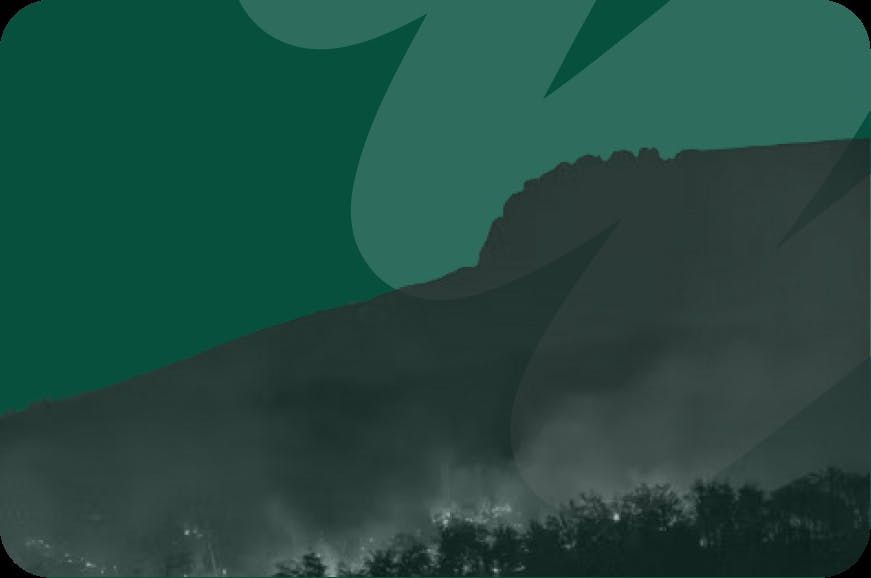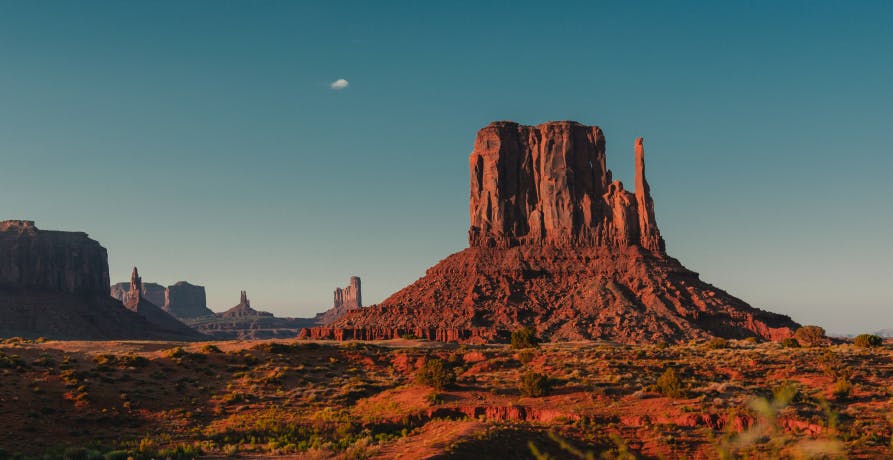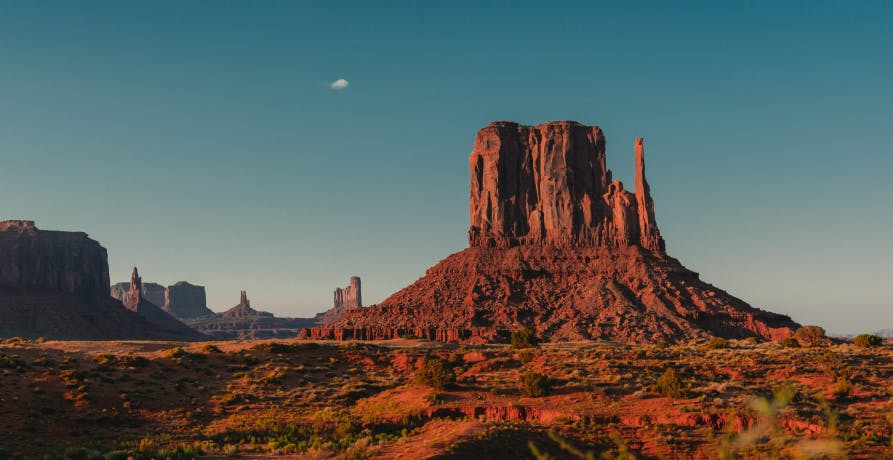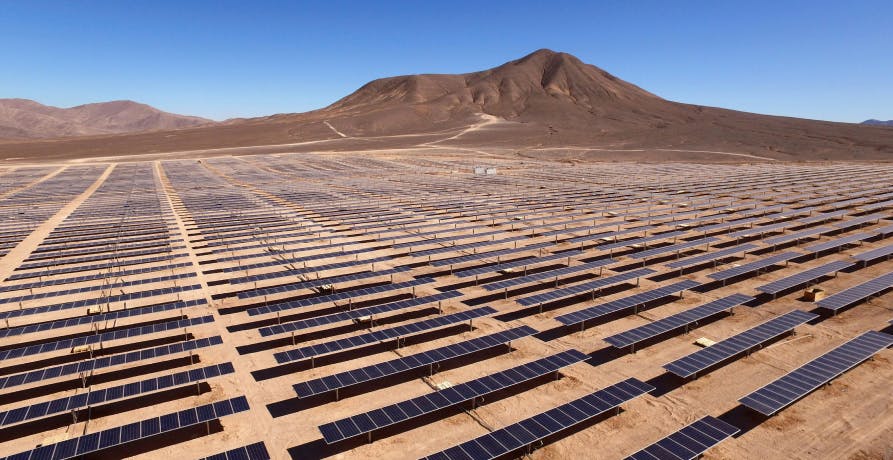ESG / CSR
Industries
What are the Fastest-Warming States in the U.S.?



As climate change continues to be a pressing concern, climate researchers have looked towards some of the fastest warming regions in hopes of mitigating the effects. In the U.S., the best way to tackle this challenge and include policymakers is to look at the fastest warming states. As climate change’s impacts are being felt across the U.S., looking at the complex interplay of factors encouraging this change is key to making a change. Leveraging technological innovation and collective action, reducing greenhouse gas emissions is possible. As states invest in enhancing energy efficiency and investing in renewable energy, they will be better equipped to weather the challenges of climate change. Let's discover which states are in trouble and the factors exacerbating warming today.
👉 In this article, we’ll learn about the fastest-warming states in the U.S., examine the factors contributing to warming, and discuss possible actions to help slow down the effects of climate change.
Let’s meet the fastest-warming states
Alaska - Alaska is one of the fastest-warming states, with an average temperature increase of 4.3°F since 1970. This warming is significant, with profound effects on Alaska’s ecosystems. The warming is attributed to the state’s high latitude, as this location means that the effects of climate change are more visible—such as the melting of glaciers and permafrost.
Delaware - Warming by 3.6°F, Delaware’s climate is influenced by rising sea levels and changing weather patterns, including heavy rainfall and flooding. In response to these challenges, Delaware recently passed the Delaware Climate Change Solutions Act of 2023, which aims to align the state with global goals for a net-zero 2050.
New Mexico - This state has warmed by 3.5°F, facing challenges such as drought and heat extremes that are likely to get worse as climate change continues. As rising temperatures lead to increased rainfall instead of snow in the winter and wildfire risks in summer, New Mexico pledges to cut emissions by 45% by 2030.
New Jersey - Also increasing by 3.5°F, New Jersey is experiencing similar climate impacts. 13 of the states’ warmest years have occurred since 1990, highlighting a need for critical action. To tackle increased flooding (including sea level rise on the coast) and heat waves, New Jersey has implemented the New Jersey Global Warming Response Act. This legislature aims to reduce emissions by 80% below 2006 levels by 2050.
Arizona - With a temperature rise of 3.3°F, Arizona is particularly vulnerable to drought and extreme heat, which affect its ecosystems and agriculture. Decreased rainfall and increased evaporation rates are particularly concerning for the Colorado River, which supplies water to millions, as reduced flow is anticipated.


Utah - Warming by 3.2°F, Utah faces challenges related to water scarcity and changing agricultural conditions. Significantly, Utah’s temperatures have been rising at about twice the global average over the last 50 years, increasing wildfire risks and leading to a decline in snowpack.
Massachusetts - This state has seen a 3.5°F increase, with implications for its coastal regions and seasonal weather patterns. Coastal flooding is projected to cause over $52 million in damage annually to state-owned property by 2070, a 550% increase from 2023. In response, Massachusetts’ state legislation enacted regulation requiring emissions reductions of at least 80% by 2050.
Rhode Island - Warming by 3.2°F, Rhode Island is also affected by rising sea levels and changing marine ecosystems. Additionally, rainfall has increased by 10% since 1895, while heavy storms have increased by 70% since 1958. Significant coastal flooding can have a significant impact on both the environment and the economy in Rhode Island.
Texas - With a 2.8°F increase, Texas experiences a mix of heat extremes and changing rainfall patterns, impacting its agriculture and water resources. Heat Waves and hurricanes have prompted Austin and Houston to develop their own climate action plans, committing to net-zero greenhouse gas emissions by 2040 and 2050, respectively.
Nevada - Nevada has warmed by 2.7°F, facing increased heat waves and water evaporation due to its dry climate. Nevada is actually the number 1 state for drought risk in the southwest, and continued drought conditions could create heightened water stress. In response, Nevada passed legislation to require emissions reductions of 28% by 2025 and 45% by 2030 relative to 2005 levels.
👉 A number of U.S. regions are counted within the fastest warming states, highlighting that climate change is nation-wide issue to tackle.
What’s driving the temperature increase?
Greenhouse gas emissions are the primary driver of climate change effects across the fastest warming states. These gases (specifically CO2) trap heat in the atmosphere, leading to an overall increase in warming. Regional factors also play a role. For example, Alaska's high latitude location makes it a target for rapid warming, with Arctic regions experiencing warming at about twice the rate of the global average. States like Nevada, Arizona, and New Mexico in the South West feature drier climates and higher temperatures.
Unfortunately, city planning doesn’t help. Urban heat islands accelerate warming in cities where dense concentrations of pavement and buildings absorb and retain heat. Coastal states, however, are influenced by sea level changes, extreme storms, and rising temperatures. The Northeast are significantly influenced by ocean temperatures, which spread inland via connected waterways, raising land temperatures. Changes in land use, such as deforestation and urbanization, reduce the land's capacity to absorb carbon dioxide, contributing to local temperature increases. High levels of car and truck usage also contribute to increased emissions.
While seasonal changes also impact warming, with many states experiencing the fastest increases during winter, impacting snow cover and spring runoff. Rapid population growth and economic expansion sometimes lead to increased emissions from residential and commercial energy use. These factors often interact and compound each other, leading to the accelerated changes observed in the fastest warming states.
👉 Temperatures are rising in the fastest warming states due to a variety of factors, namely geographical features dependent on the region, urban heat islands, shifts in land use, and even seasonal changes.
How can we reduce the effects of warming?
First and foremost, reducing greenhouse gas emissions is key to slowing the pace of climate change. In order to aid in the transition, investing in renewable energy sources—such as solar, wind, and hydropower—can help. States like Texas, California, and Nevada are leading the way with renewable energy targets and investments in clean energy infrastructure. As we work to curb climate change in the fastest warming states, enhancing energy efficiency can work as a bandaid. Opting for better insulation, energy-efficient appliances, and public transportation systems can help. Similarly, off-setting carbon through reforestation, afforestation, and soil management can work alongside technological advancements.
👉 Mitigating the effects on the fastest warming states will require investment into renewable energy alternatives and managing energy efficiency through public transportation, better insulation, and manufacturing energy-efficient appliances.


How can communities adapt?
Communities in the fastest warming states can adapt to the impacts of global warming through making calculated changes. By implementing these strategies, communities can mitigate the effects of climate change as we work collectively to lower emissions for the good of the planet:
Water management and conservation - Implementing water-saving technologies can make strides in both agriculture and urban areas. Developing drought-resistant landscaping, implementing water-saving practices in the agricultural sector, and creating better stormwater management systems that can handle increased rainfall.
Build heat resilience - Heat resilience can be achieved by expanding urban green spaces and investing in cooling centers for vulnerable populations to reduce the impact of heat islands in city centers. Similarly, updating building codes to mandate better insulation can improve energy resilience.
Upgrading existing infrastructure - Updating power grids to handle increased demands from air conditioning units is a necessity as temperatures continue to rise. While it would be better to avoid using air conditioning, if we are unable to halt rising temperatures in some of the fastest warming states, it may be necessary to accommodate expanded usage.
Establishing emergency procedures - As climate change heightens the risks for natural disasters like extreme flooding, drought, and hurricanes, communities can come together to create action plans including early-warning systems and evacuation plans.
Promote sustainable development - Investing in renewable energy and developing public transport networks and bike paths can help limit dependency on traditional energy sources and cut emissions.
Invest in community planning - Work with local government to develop climate adaptation strategies and planning to mitigate climate risks.
👉 Communities in the fastest-warming states can adapt to the effects of climate change through building heat resistance, investing in renewable energy, updating infrastructure, and more.
How can Greenly help?
At Greenly, we leverage these kinds of small shifts for a huge impact. We work with you to identify and lower your carbon footprint. Combining human analysis and innovative technology, Greenly creates personalized carbon accounting that is accessible to a wide range of companies no matter their size. Request a free demo with a member of our expert team to learn more about how to get started on your journey to help fight climate change.

